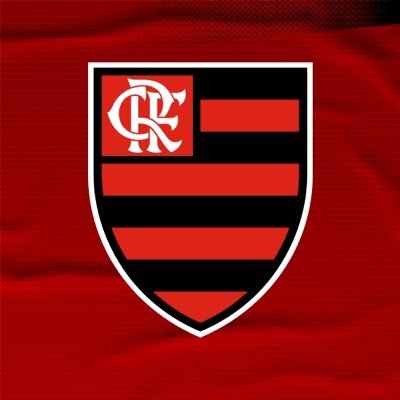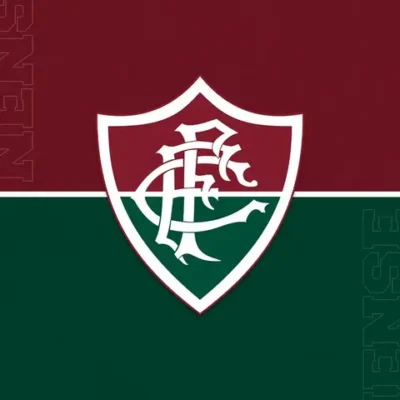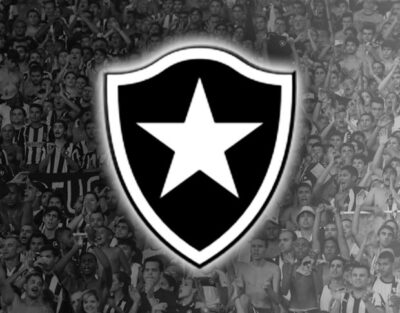Brazil: An Insight Into Rio de Janeiro’s Four Major Football Teams.
As I’m sitting in my apartment building in Copacabana writing this article, I can take great inspiration from the sights and the sounds of this beautiful city. What better place to write about the beautiful game and give insight into Rio de Janeiro’s top football clubs?
Brazil has such a rich history when it comes to football. Everyone knows of the national team’s success. Still, outside of the national stage, you may only know a little about Brazils football at the club level if you are a footy enthusiast like myself. So I figured why not start in the country’s most famous city, the place I currently call home, and feature Rios’s four biggest clubs?
Clube de Regatas do Flamengo

Flamengo, officially known as Clube de Regatas do Flamengo, was established on November 17, 1895, as a rowing club; Flamengo gradually shifted its focus to football and has become one of Brazil’s most successful and famous football clubs. They are the first team I saw play live in Rio. However, they played away from the Marcana at Botafogos Stadium. The club’s iconic red and black striped jerseys can spotted all over Brazil. Not just Rio. They are easily the most popular team in the country.
The Maracanã Stadium serves as the home ground for Flamengo and has witnessed countless historic moments in Brazilian football (Check this out if you want more information on the Maracana), with the club consistently attracting large crowds.
Numerous domestic and international triumphs highlight Flamengo’s success on the pitch. The club has clinched the Campeonato Brasileiro Série A title seven times, including memorable campaigns in 1980 and 2019. Flamengo’s crowning achievement on the international stage came in 1981 when they won the Copa Libertadores and defeated Liverpool in the Intercontinental Cup final.
The 1981 squad, featuring legendary players such as Zico and Júnior, are some of Brazil’s most legendary football players. The club’s commitment to developing talented players has also seen the emergence of football stars like Adriano and Ronaldinho and cult heroes such as Gabriel “Gabigol” Barbosa.
The club’s anthem is “Hino do Flamengo, and their supporters go by two names, “Mengão” or “Flamenguistas.”
Fluminese FC

Fluminense Football Club were formed on July 21, 1902. The team’s distinctive tricolour colours are green, white, and grenadine. I believe it’s the sexiest shirt in Brazil, and purchasing this shirt is a decision I have made. A necessary one. The Maracanã Stadium serves as Fluminense’s home ground, and they share the stadium with arch-rivals Flamengo, whom we discussed above. You probably already figured that one out.
Fluminense has achieved domestic and international success, winning multiple Campeonato Carioca (this is a league formed with teams that are from the state of Rio, and the tournament takes place just before Seria A begins) and Campeonato Brasileiro Série A titles. The club has also reached the finals of the Copa Libertadores, showcasing its competitiveness in South American competitions.
The club’s crowning moment came in 2023 when they finally got their hands on the coveted Copa Libertadores trophy. They were victorious in a thrilling final, beating Boca Jouinors 1-2 in extra time. Both teams also managed to get a man sent off in a crazy game of football. It was one for the ages.
Over the years, Fluminense’s academy has produced notable talents, including Telê Santana and Rivellino. The club’s anthem, “Hino do Fluminense,” Supporters of Fluminense are affectionately known as “Tricolores.”
CR Vasco da Gama

Club de Regatas Vasco da Gama, commonly known as Vasco, began life on August 21, 1898. Vasco has a significant place in the country’s football history. They are named after the Portuguese explorer of the same namesake and were the first club to allow black footballers to play for a substantial team in Brazil.
Vasco is recognized by its iconic black and white striped jerseys, and São Januário Stadium serves as its home ground. This stadium is something else; It’s located in one of the most dangerous parts of the city. Oddly enough, in the past, it was used by politicians for diplomatic meetings. It is as old school as a football stadium can get. All are standing on one side with terraces, just like they used to be back in the UK pre-1990. When Vasco scores, hold on for your life, as they have some of the most passionate fans I’ve ever been introduced to, and when that ball hits the net, you will go flying.
The club has a successful history, winning numerous Campeonato Carioca and the Brasileiro Brasileiro Série A title 4 times. In addition to domestic success, Vasco won the Copa Libertadores in 1998, showcasing its prowess on the South American stage.
Dimitri Payet is currently plying his trade at Vasco. The former West Ham and Marseille talisman was a vital reason Vasco stayed up last season and avoided relegation.
The Vasco da Gama anthem, “Hino do Vasco,” is passionately embraced by the club’s dedicated fan base. Vasco supporters, known as “vascaínos,” let’s just say they have a bit of a reputation around Rio.
Botafogo de Futebol e Regatas

Botafogo was established on August 12, 1904. The team is recognized by its black and white colours, and the Estádio Nilton Santos is where they call home. Oddly, this is the first football stadium I visited in Brazil, and I saw Flamengo play there. I mentioned this earlier. Unlike the other three teams, I’ve never seen Botafogo play live. I should go, as they bottled the league from a 12-point winning position last season, and as a Tottenham fan, I may find them to be my spiritual home for this very reason. Both clubs have much in common, it seems.
Botafogo has two Campeonato Brasileiro Série A titles, oddly enough, the same number of league titles as Tottenham. Botafogo has participated in the prestigious Copa Libertadores but has yet been able to lift the trophy … Also Like Tottenham.
Legends like Garrincha, Jairzinho, and Jefferson have all worn black and white jerseys. Botafogo’s anthem, “Hino do Botafogo,” and its supporters are known as “botafoguenses.
Now you have some more insight into Rio’s four major teams. If you ever get a chance to go to a game and see any of these teams play, if you are footy-mad like me, I promise it will be one of the best experiences of your life.

